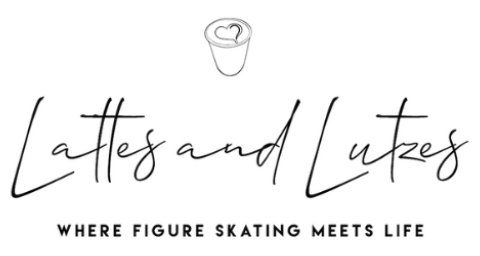
As the Paris Olympic Games draw to a close, it’s important to remember that not everyone who participates in sports dreams of Olympic gold. Each person is on their own journey, and U.S. Figure Skating is working to create diverse skating paths that offer more opportunities for participation in the sport. I recently had the pleasure of speaking with Kadari Taylor-Watson, DEI Director for U.S. Figure Skating, and Jacki Wilkicki, a U.S. Figure Skating Technical Specialist and owner of Performance Ready, to gain their insights on the state of diversity in figure skating.
Diversity is becoming increasingly crucial for U.S. Figure Skating, and programs like Learn to Skate USA, Theatre on Ice (TOI), Synchronized Skating, and Showcase are shining examples of how the sport is evolving to be more inclusive. While exact data is still being assessed, these initiatives clearly reflect a commitment to broadening the sport’s appeal and accessibility.
U.S. Figure Skating’s mission is often associated with developing olympic athletes and high-performance skaters. However, the organization is also dedicated to creating diverse pathways for skaters whose goals might not include elite competition. Some skaters are simply looking to enjoy the ice with friends or compete in team formats like synchronized skating. The Excel Program, for example, has gained popularity by providing opportunities for skaters who may not be aiming for elite levels but still want to compete and engage in the sport.

It comes as no surprise that the shift toward inclusivity is also contributing to growth in U.S. Figure Skating membership. Programs like Learn to Skate USA are attracting new participants, though the challenge remains to retain them and ensure continued growth. The focus is now on improving the experience for all members and capturing better data to track progress.
A formal and focused role for diversity, equity, and inclusion (DEI) at U.S. Figure Skating is relatively new, with Kadari Taylor-Watson leading these efforts. The goal is to ensure that the sport is not only diverse but also equitable and inclusive, addressing grievances and advocating for a more welcoming environment. This role aims to highlight and support different skating journeys, from recreational skating to competitive levels.
In terms of age diversity, Jacki Wilkicki notes a significant increase in adult skaters returning to or starting the sport. Adult skaters are joining teams, competing, or simply enjoying recreational skating, and there’s a growing acceptance for skaters of all ages. While there is still much to be done, the sport is making strides in accommodating and celebrating adult skaters and their diverse backgrounds.
For elite athletes, the focus is on providing continued support even after their competitive careers. Programs and initiatives are being developed to keep skaters engaged with the sport in different capacities, whether through coaching, mentoring, or ambassador roles. This approach ensures that athletes can continue to contribute to the sport they love, even if they are no longer competing at the highest levels.
One significant advancement is the use of the International Judging System (IJS), which offers a more objective scoring method compared to traditional 6.0 judging. By reducing subjectivity, the IJS helps to level the playing field and provides clear benchmarks for skaters to track their progress. However, challenges remain, such as the difficulty of distinguishing lower-level scores, which can be discouraging for some skaters, observes Jacki.
Kadari takes pride in the development and execution of training and workshops aimed at promoting diversity among coaches and officials. These efforts include creating educational modules for coaches, officials, and members to foster a more inclusive environment. The aim is to ensure that everyone involved in the sport understands and values diversity, equity, and inclusion.
Finally, attracting a broader audience and encouraging participation from diverse communities remains a top priority. Efforts are being made to engage local communities through events and outreach programs. Bringing people into the rink during competitions and showcasing the sport can inspire new participants. While progress has been made, there is still much work to be done to fully realize the potential of these initiatives and ensure that figure skating is accessible and welcoming to everyone.
The ongoing efforts in DEI from U.S. Figure Skating in program development, education, and community engagement are positioning the sport for continued growth and inclusivity, demonstrating significant strides in embracing diversity while expanding its reach.

Very interesting… learned much about how the sport is trying to evolve. Also candid in acknowledging the task which lies ahead.
Very enlightening.